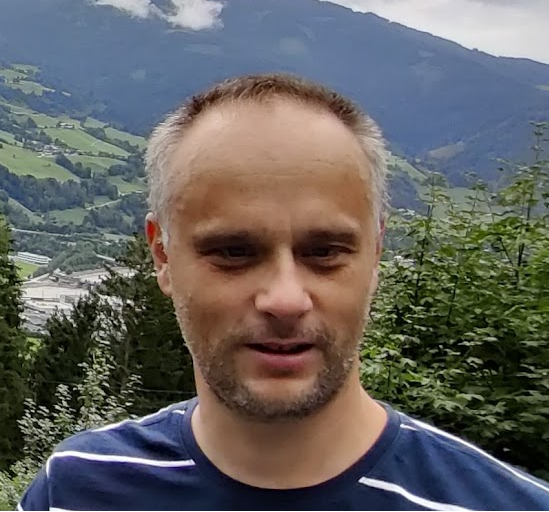KEYNOTE SPEAKER: BORIS MUHA
 A Computational Algorithm to Study Bioartifcial Pancreas Scaffold Architecture Design
A Computational Algorithm to Study Bioartifcial Pancreas Scaffold Architecture Design
Boris Muha, Full professor, Department of Mathematics, Faculty of Science, University of Zagreb
In this talk, we will present a computational algorithm based on a diffuse interface approach, developed to explore the design of bioartifcial pancreas scaffold architectures. These scaffolds are constructed from poroelastic hydrogels that house transplanted cells and are connected to the patient's blood circulation via an anastomosis graft. Blood plasma, fltered before entering the scaffold, plays a crucial role in transporting oxygen and nutrients essential for the long-term viability of the transplanted cells.
A central challenge in this process is the design of ultrafltrate channels within the hydrogel scaffold that enhance oxygen delivery, ensuring levels remain above the critical threshold to prevent hypoxia. Our algorithm analyzes the plasma fow and oxygen concentration within hydrogels with different channel geometries, aiming to identify the optimal architecture that maintains suffcient oxygen levels throughout the scaffold.
This model couples the time-dependent Stokes equations, which describe blood plasma flow through the channel network, with the timedependent Biot equations, governing Darcy velocity, pressure, and displacement within the poroelastic hydrogel. The resulting plasma velocities are then used to calculate oxygen concentration via a diffuse interface advection-reaction-diffusion model.
Our findings reveal that a hexagonal channel network geometry meets the oxygenation criteria necessary for cell viability. The diffuse interface approach used in this work is particularly effective for handling complex interface geometries, making it an ideal choice for bioartificial organ scaffold design.
This study is significant because recent advancements in hydrogel fabrication now allow for precise control over hydrogel rheology, enabling the practical application of these computational results to create optimized scaffold architectures.
This work is conducted in collaboration with Martina Bukač, Sunčica Čanić and Yifan Wang.
